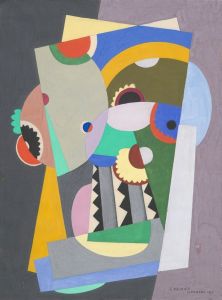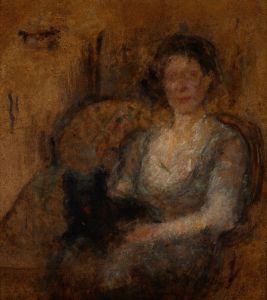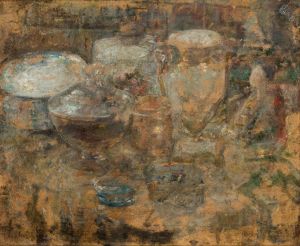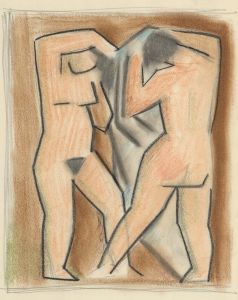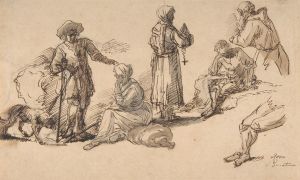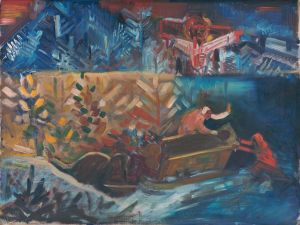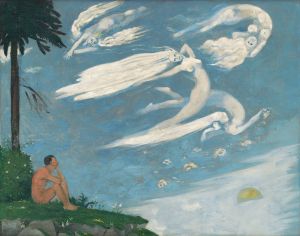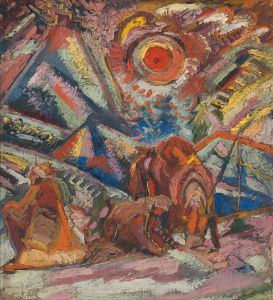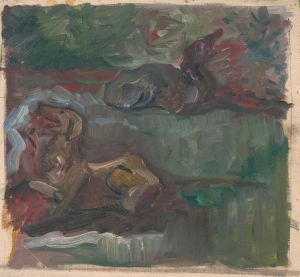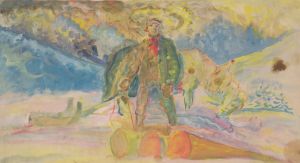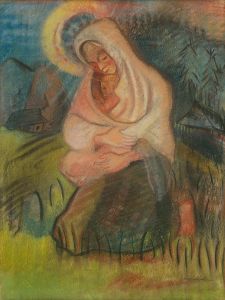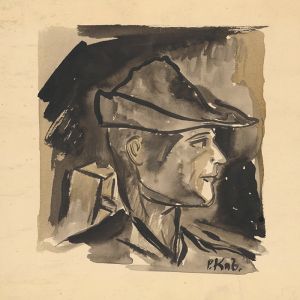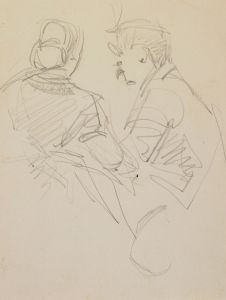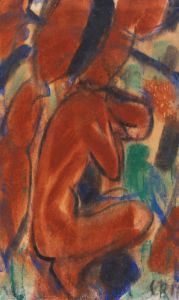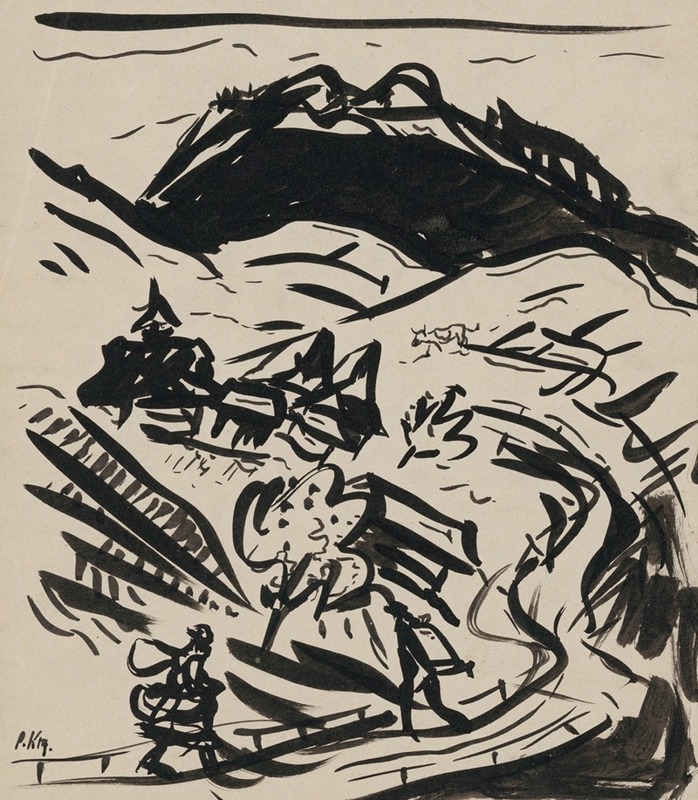
Landscape with two figures
A hand-painted replica of Arnold Peter Weisz-Kubínčan’s masterpiece Landscape with two figures, meticulously crafted by professional artists to capture the true essence of the original. Each piece is created with museum-quality canvas and rare mineral pigments, carefully painted by experienced artists with delicate brushstrokes and rich, layered colors to perfectly recreate the texture of the original artwork. Unlike machine-printed reproductions, this hand-painted version brings the painting to life, infused with the artist’s emotions and skill in every stroke. Whether for personal collection or home decoration, it instantly elevates the artistic atmosphere of any space.
Arnold Peter Weisz-Kubínčan (1898–1945) was a Slovak-Jewish painter whose works are noted for their unique blend of modernist styles and symbolic content. Among his creations is the painting titled Landscape with Two Figures. However, detailed information about this specific artwork, including its creation date, current location, and historical context, is not readily available in public records or art historical sources.
Weisz-Kubínčan's artistic career was tragically cut short due to the events of World War II and the Holocaust. Born in Hungary (in what is now Slovakia), he studied art in Budapest and Vienna, where he was influenced by various modernist movements, including Expressionism and Cubism. His works often reflect a deep engagement with themes of human existence, spirituality, and the natural world.
During the Nazi occupation of Slovakia, Weisz-Kubínčan, being Jewish, faced persecution. He was deported to a concentration camp in 1944 and is believed to have died in 1945. Much of his artistic output was lost or destroyed during this period, and only a limited number of his works survive today. These surviving pieces are highly valued for their emotional depth and innovative style.
Due to the scarcity of information about Landscape with Two Figures, it is not possible to provide a detailed description or analysis of the painting. Further research or access to private collections may be required to uncover more about this specific work.





